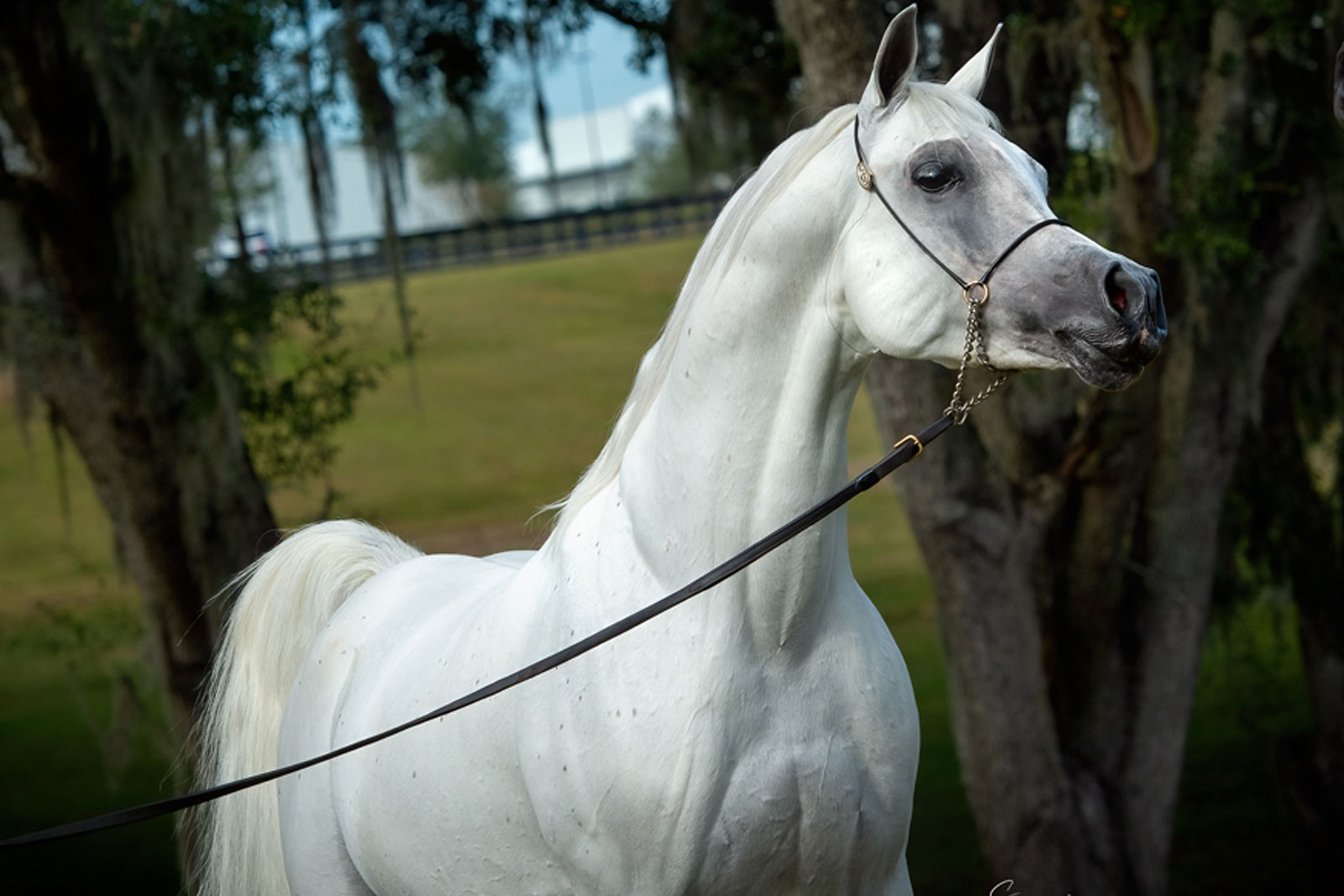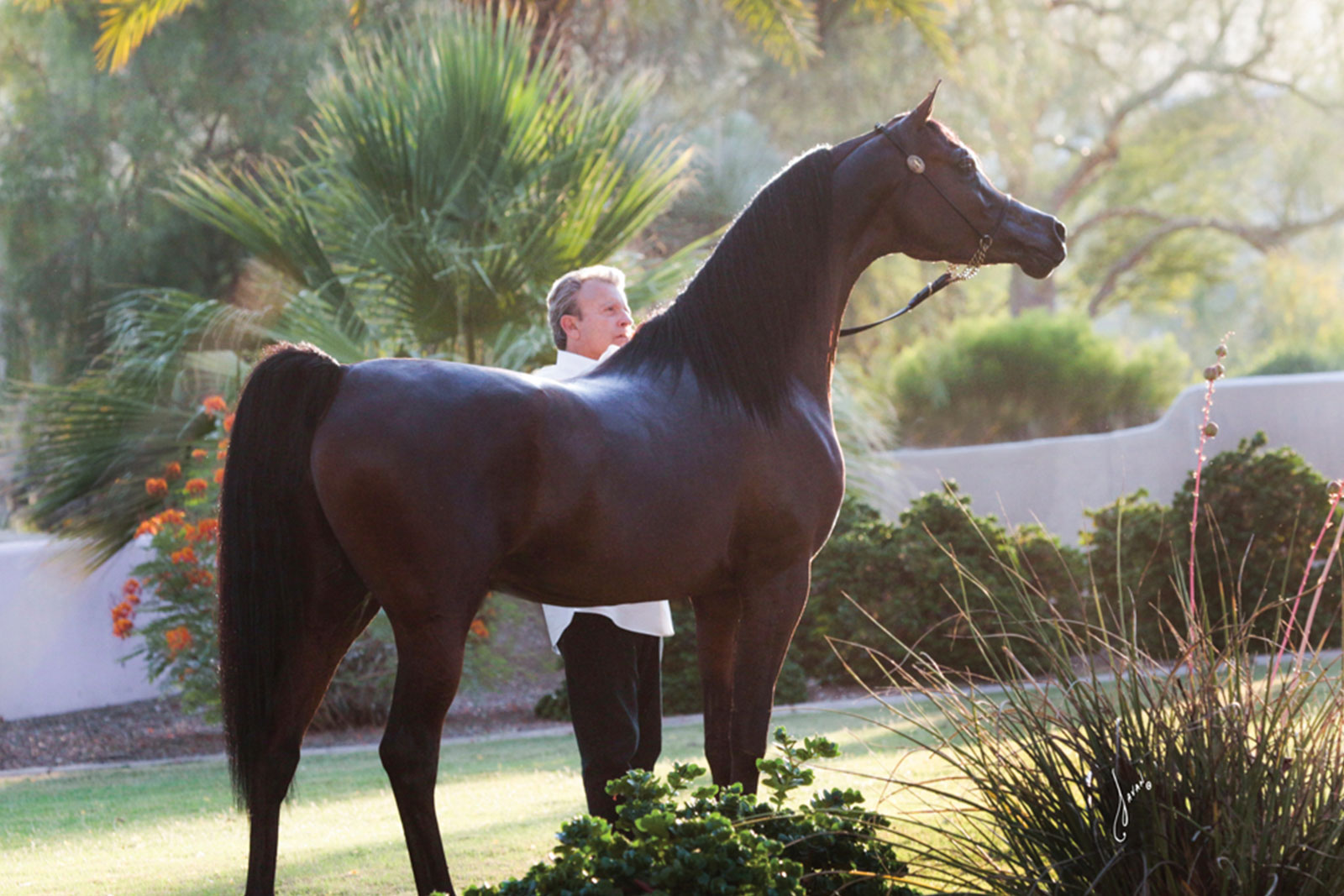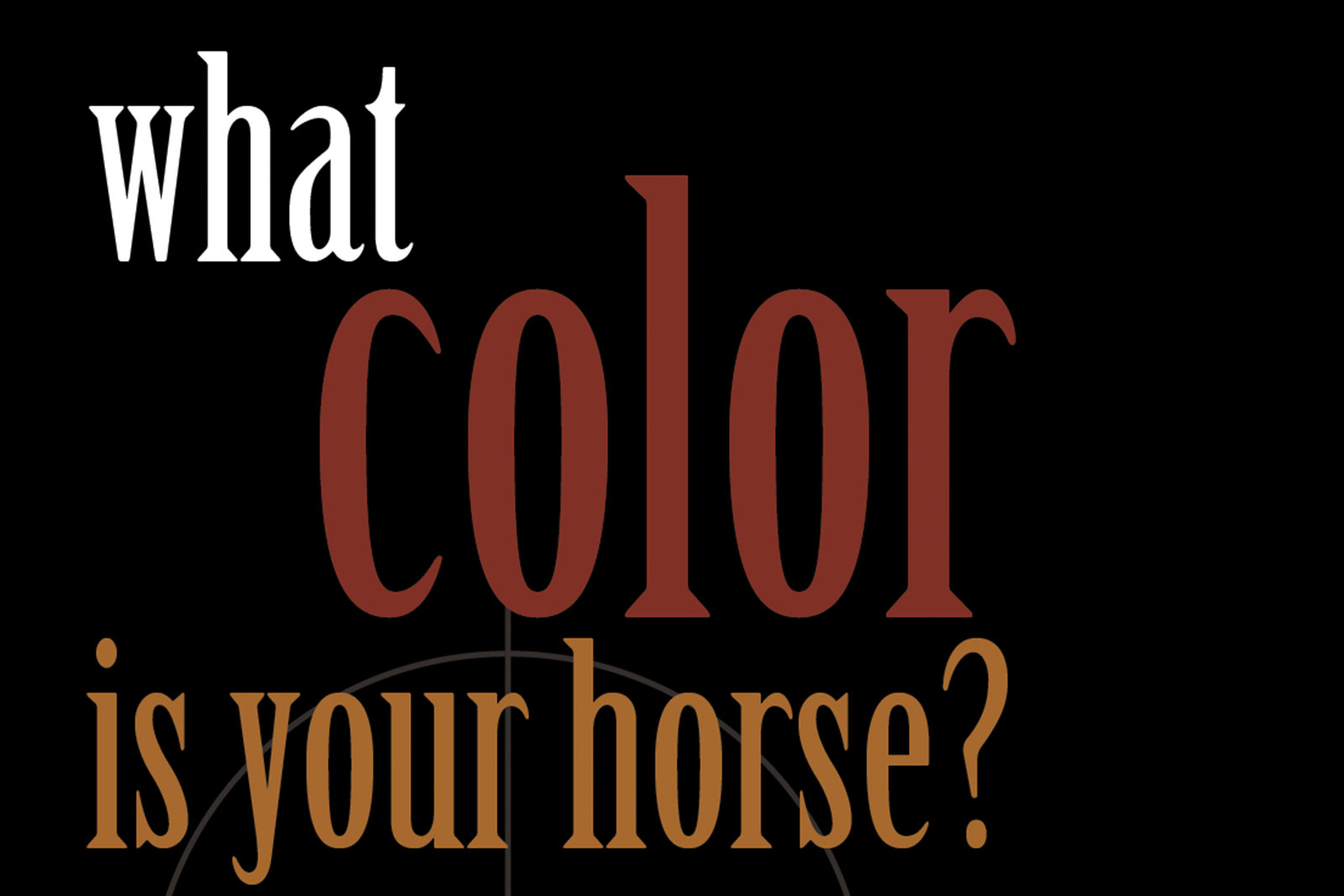
COVER STORY
MAYAAN AL NADIR ANSWERS THE CALL
The foundation of Empire Arabians arrived 30 years ago in the form of a Babson gelding, WW Nightshift (Bandstand x Khenadaa), who made a convincing case for the breed for the late Marlis Amato.
FEATURE STORY
ARIA RAKEEM – DELIVERING THE PROMISE
Since Aria Rakeem was first featured in Arabian Horse World’s Summer 2021 issue as a three year old, he has achieved some important milestones: he’s matured in all the right ways, approximately 20 of his foals have arrived so far (10 more are expected this year, and another 30 foals internationally will arrive in 2023), and he made his showring debut, winning unanimous 2022 Champion Arabian National Breeder Finals Senior Supreme Champion Stallion.
2022 US SPORT HORSE NATIONALS HIGHLIGHTS
This year’s U.S. Sport Horse Nationals was the 19th since its inception in 2003, when 402 horses made the trip to Lexington, Virginia. At that time, as AHW reported in the January 2004 issue, the show chair, Ed Peterson of Hidden Hollow Arabians, believed in the viability of a separate national showcase for Arabian sport horses, and fought for the opportunity to prove his case.
STRAIGHT EGYPTIAN HIGH POINT AWARD AT U.S. NATIONALS
Since the famed Egyptian Event is no more, it was evident that the straight Egyptian breeders needed additional showcases for their horses. Over the past few years, several regional and class A shows have been including straight Egyptian classes within their show format.
2022 EAST COAST EGYPTIAN HALTER CLASSIC HIGHLIGHTS
The East Coast Egyptian Classic, also known as “the most fun you can have at a horse show,” did not disappoint. Breeders, spectators, exhibitors, and trainers did not allow the stormy skies to dampen their spirits as Egyptian horses were beautifully presented in front of the magnificent grandstand at the Virginia Horse Center in Lexington, Virginia.
WHAT COLOR IS YOUR HORSE? COLOR GENETICS PART 2
This is the second in a series of articles on coat color originally published in AHW’s August 2012 issue.
In Part I of our series on coat color genetics we identified the three genes that influence coat color. In this issue we’ll look at how breeders can increase their chances of getting a particular coat color in a foal.










